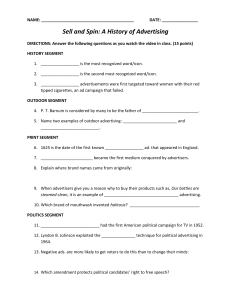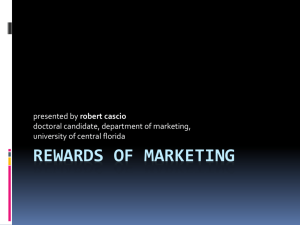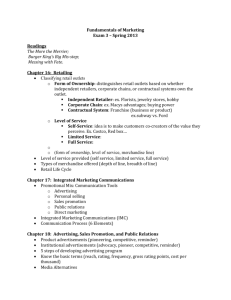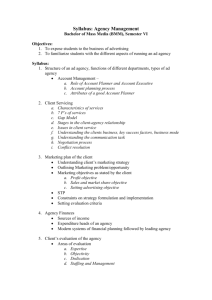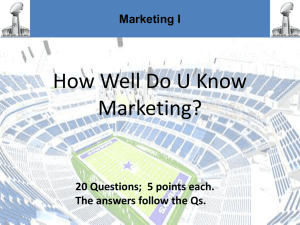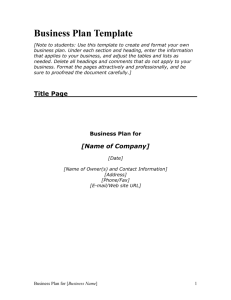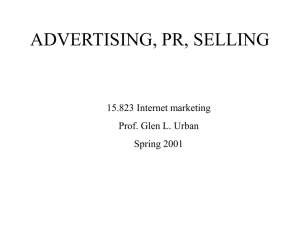Business Development - Planning, management and marketing
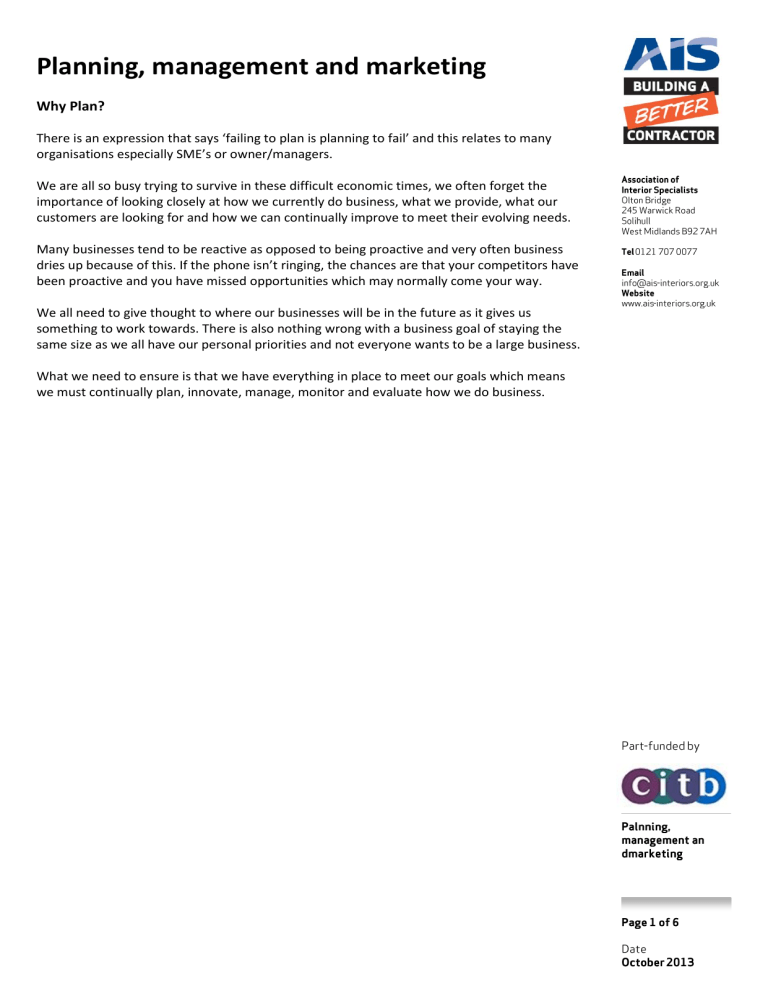
Planning, management and marketing
Why Plan?
There is an expression that says ‘failing to plan is planning to fail’ and this relates to many organisations especially SME’s or owner/managers.
We are all so busy trying to survive in these difficult economic times, we often forget the importance of looking closely at how we currently do business, what we provide, what our customers are looking for and how we can continually improve to meet their evolving needs.
Many businesses tend to be reactive as opposed to being proactive and very often business dries up because of this. If the phone isn’t ringing, the chances are that your competitors have been proactive and you have missed opportunities which may normally come your way.
We all need to give thought to where our businesses will be in the future as it gives us something to work towards. There is also nothing wrong with a business goal of staying the same size as we all have our personal priorities and not everyone wants to be a large business.
What we need to ensure is that we have everything in place to meet our goals which means we must continually plan, innovate, manage, monitor and evaluate how we do business.
Planning model
This planning model will help you examine all areas of your business
STRATEGIC PLANNING
CUSTOMER
ROLE/IDENTITY
Segment
Description
Mutual Expectations
Passive/Active
MANAGEMENT/STA
FF
Roles/Profiles/Culture
Skills/Competences
Recruitment Training
Retention/Appraisal
Team Development
BUSINESS AIMS
AND
OBJECTIVES
Segment Criteria
Buying Motives
Market Returns
Research
BUSINESS AIMS AND OBJECTIVES
VISION – MISSION STATEMENT
CORE VALUES
CULTURE
ADDED
VALUE AT
THE POINT
OF
CONTACT
PRODUCT/
SERVICE
FUNCTIONS
Threshold
Values
Product/Service
MARKETING
METHODS
Corporate Image
Advertising
Promotion
Design
Location
METHOD OF
DISTRIBUTION
Direct/ Mail
Intermediary
Technology
Sales Functions
BUSINESS AIMS AND OBJECTIVES
What is our basic offering in terms of demand?
What is our customer criteria?
Who do we want, who don’t we want?
What are the demographic criteria?
How big is the potential?
What additional research (internal and external) do we need to do?
Why will they buy this product/service?
What is their motivation in terms of demand not supply - ie why buy from us?
What is the return on investment demanded of us?
What are our targets, volumes, budget constraints?
What financial information do we need?
THE METHOD OF MARKETING
What marketing methods do/will we use, ie advertising, newspapers, email, word of mouth, referrals, supplier frameworks, tenders, joint marketing, sponsorship, events, PR and promotion, website, vehicle livery, on-the-job advertising boards?
What is the corporate image we wish to present?
Is it consistent? Are there any anomalies?
Logo design, literature, house style?
THE METHODS OF DISTRIBUTION
Is there a distinction between ‘customer’ and ‘consumer’? If there is, what is it?
Who is the primary customer most of the time?
Who is secondary?
Do we market/sell direct ie through a telemarketing operation/direct sales force, personal contact, telephone?
What role do premises/sites/location play?
What role does technology play?
What is our use/capability for direct mail/email marketing?
How do we get to our desired customers?
What of referrals, recommendations and/or word of mouth?
THE FUNCTION OF SERVICE
What is our basic offering?
What are the core products/services we offer?
What are the threshold values attached to what we are offering - what must not be missing eg health and safety, service quality, qualified people?
What is our ongoing support?
THE ROLE OF STAFF AND MANAGEMENT
What type of culture do we need to serve this market?
What type of people do we need, technically competent, warm/friendly, experts or generalists, direct employees or subcontractors, what balance?
What skills and additional skills will we need?
How are we going to train our people?
How do we recruit and retain our people?
What are the rewards for the team and the individual?
How will we appraise and assess performance?
How will we develop our people and sustain their commitment and motivation?
How many people do we need?
What will the structure be? Specialist or multi-disciplined teams?
What resources/materials do we need to equip our people to do the job we require of them?
How do we make clear their role and function?
What are their expectations of us?
Which criteria will we use to judge our success rate and how will we measure our performance?
What is our customer policy?
THE ROLE AND IDENTITY OF THE CUSTOMER
Segment description/mutual/expectations/passive – active?
Who is the customer? What does he/she look like?
Do they demand a lot/a little of our time?
What is their knowledge level?
What is the customer behaviour? Usage etc?
Are they passive or active in the relationship?
Will they come to us or do we have to go to them?
How involved in the process, before, during and after the sale, do we expect them to be?
What are our expectations of them?
What do we want them to do for us?
What will we do for them in return? Do they know?
How much of ‘educating the customer’ do we need to do?
What are the customer’s expectations of us?
What is the complaints’ procedure and what opportunities does it present to learn from mistakes and re-enforce customer loyalty?
INCREMENTAL AND ADDED VALUES
This is perhaps the most difficult, yet fundamental aspect of developing the process. Here, we can develop a short phrase that encapsulates the nature of our interaction with the customer or consumer.
In essence, what do we want them to feel or think once they have dealt with us eg:
‘We worry for you’
‘Attention to detail in everything we do’
‘We listen, we care, we help’
‘We make it simple for you and care’
These are rarely external company slogans, but for internal consumption in the main. A point of reference, a focus for every time and every transaction we have with this particular market segment.
A good example of this is Tesco’s ‘every little helps’, this has an external focus to customers and a strong internal focus to employees that little ways of helping customers can make the difference in them shopping with them or not.
OTHER RELEVANT COMPONENTS OF THE BUSINESSES ENVIRONMENT
What are the legal constraints affecting our marketing effort?
To what extent do regulations restrict our flexibility in making marketing decisions?
What requirements do we have to meet?
What political/legal developments are looming that will improve or worsen our situation?
What threats/opportunities does technological progress hold in store for us?
What broad cultural shifts are occurring that may affect our business?
What consequences will demographic and geographic shifts have for our business?
Are any changes in resource availability foreseeable?
REVIEWING MARKETING MANAGEMENT PROCEDURES AND POLICIES
ANALYSIS
Will we have an established marketing research function?
Will we conduct regular, systematic market research analysis?
Will we subscribe to any regular market data service?
Will all major marketing decisions be based on solidly researched facts?
PLANNING
How carefully will we examine and how aggressively will we cope with problems, difficulties, challenges, and threats to our business?
How will we identify and capitalise on opportunities in our market place?
What care will be given to the determination of gaps in needs?
Will we develop clearly stated and prioritised short-term and long-term marketing objectives?
What are our marketing objectives?
Will our marketing objectives be achievable and measurable?
Do we have a formalised strategic marketing planning procedure?
What is our core strategy for achieving our marketing objectives?
Are we allocating sufficient marketing resources to accomplish our marketing tasks?
How well will we tie in our marketing plan with to other functional plans of our organisation?
IMPLEMENTATION AND CONTROL
Will our strategic marketing plan be followed?
Will we continuously monitor our environment to determine the adequacy of our plan?
Will we use control mechanisms to ensure achievement of our objectives?
Will we compare planned and actual figures periodically and take appropriate measures if they differ significantly?
Will we systematically study the contribution and effectiveness of various marketing activities?
ORGANISATION
Does our company have a high-level marketing office to analyse, plan, and oversee the implementation of our marketing effort?
How capable and dedicated are our marketing personnel?
Is there a need for more training, incentives, supervision or evaluation?
Are our marketing responsibilities structured to serve best the needs of different target markets and sales territories?
PRICING
To what degree will our prices based on costs, demand, and/or competitive considerations?
Will we use temporary price promotions?
PROMOTION
Will we state our advertising/sales promotion objectives clearly?
Will we spend enough on advertising/sales promotion?
Will our advertising themes and copy be effective?
Will our media mix be optimal?
Will we make aggressive use of sales promotion techniques?
PERSONAL SELLING AND DISTRIBUTION
Will our sales force/telemarketing operation be large enough to accomplish our marketing objectives?
Will it be optimally organised according to geographic, market, or product criteria?
Will it be adequately trained and motivated and characterised by high morale, high ability, and effectiveness?
Will we optimise our distribution set-up?
Will our customer service be of the highest quality?
